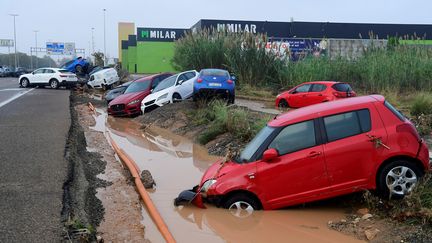Subtotal $0.00
Artificial intelligence (AI) systems can now be used to predict floods by analysing massive amounts of data, in real-time: river levels, rainfall and satellite images. It has become an important tool in preventing natural disasters such as the Pacific Tsunami. World Bank has some impressive statistics: 2.2 billion live in an area that is susceptible to flooding (New Window); 1.47 billion are vulnerable to flood (New Window). 600 million people may also be affected.
Since the monsoon season began in India, AIs have alerted millions in real-time, (New Window), reducing the damage, and sometimes even deaths, caused by the rains. In just seconds, artificial intelligence can detect signs of rising water and pinpoint the exact areas that will experience the heaviest rain. The authorities have time to respond and the residents can prepare.
Artificial intelligence is able to take into consideration millions of data points from satellite imagery, weather station readings and radar. It also takes messages posted on social media networks, which we find less impressive. The artificial intelligence makes calculations and takes into account areas which have been previously flooded. Citizens can also provide real-time views by sharing photos and messages.
Game-changing AI
Google, for example, has created a program named the Flood Forecasting Initiative. This analyzes river flows in more than 80 countries, and then sends out early warnings via Google Maps or phone notifications to those at risk. This tool can provide flood predictions up to 7 days ahead of time. Other AIs such as Nasa (New Window) let you know what areas are at risk or predict as well as you can the sudden and intense rain.
In the Basque Country, AI4FLOOD is also a project in France. AI aggregates data to launch alerts when needed. They are more than just game changers. These AIs are not a replacement for everything but can offer precision and save infrastructure, lives and even money.
ChatGPT for Business Automation

